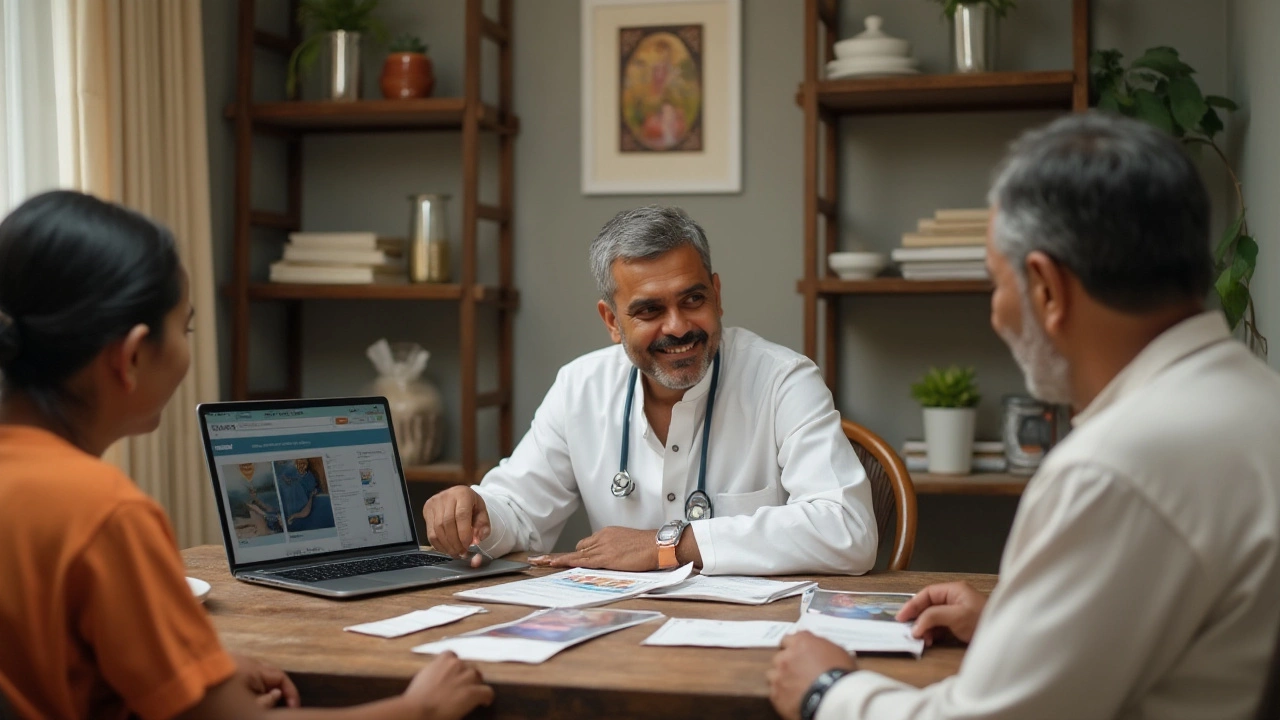Diabetes Explained: What You Need to Know Right Now
Ever wonder why you keep hearing about diabetes everywhere? It’s not just a buzzword – millions of Indians are living with it, and the numbers keep climbing. Understanding the basics can help you spot problems early and take control before things get out of hand.
Diabetes is a condition where your blood sugar (glucose) stays too high because your body can’t use insulin properly. Insulin is the hormone that moves sugar from your blood into cells for energy. When this process breaks down, sugar builds up, leading to damage over time.
Common Signs That Might Mean Diabetes
Most people think of diabetes as a disease that only shows up in lab reports, but the body often gives clues first. Watch out for these symptoms:
- Feeling thirsty all the time, even after drinking water.
- Frequent urination, especially at night.
- Unexplained weight loss despite eating normally.
- Blurry vision that comes and goes.
- Feeling tired or sluggish without a clear reason.
If any of these sound familiar, get a quick blood sugar test at your local clinic. Early detection saves you from complications later.
Practical Ways to Keep Blood Sugar in Check
Managing diabetes isn’t about drastic bans; it’s about small, sustainable changes that fit Indian life.
1. Balance Your Plate – Aim for a mix of whole grains, lean protein, and plenty of veggies. Swap white rice for brown rice or millets a few times a week. Adding a protein source like lentils or paneer can slow sugar spikes.
2. Mind Your Portions – Even healthy foods can raise sugar if you overeat. Use a smaller plate, and try to fill half of it with non‑starchy vegetables.
3. Choose Smart Snacks – Instead of packaged chips, grab a handful of roasted chickpeas or a piece of fruit with a spoonful of peanut butter. The fiber and protein help keep glucose steady.
4. Stay Active – A 30‑minute walk after dinner can lower blood sugar for hours. If you prefer home workouts, try a yoga routine that includes Sun Salutations; the movement boosts insulin sensitivity.
5. Hydrate Wisely – Drink water throughout the day. Skip sugary drinks and limit sweetened teas. A splash of lemon can make plain water more enjoyable.
Regular check‑ups are a must. Your doctor can track HbA1c levels, which show average blood sugar over three months. Aim for an HbA1c below 7% unless your doctor advises otherwise.
Remember, diabetes management is a marathon, not a sprint. Small tweaks add up, especially when they fit into your daily routine and cultural food habits. If you’re unsure where to start, talk to a dietitian who knows Indian cuisine – they can tailor a plan that respects your tastes while keeping sugar in check.
Take charge today: notice the signs, get tested, and make one simple change in your meals or activity. Your future self will thank you.







